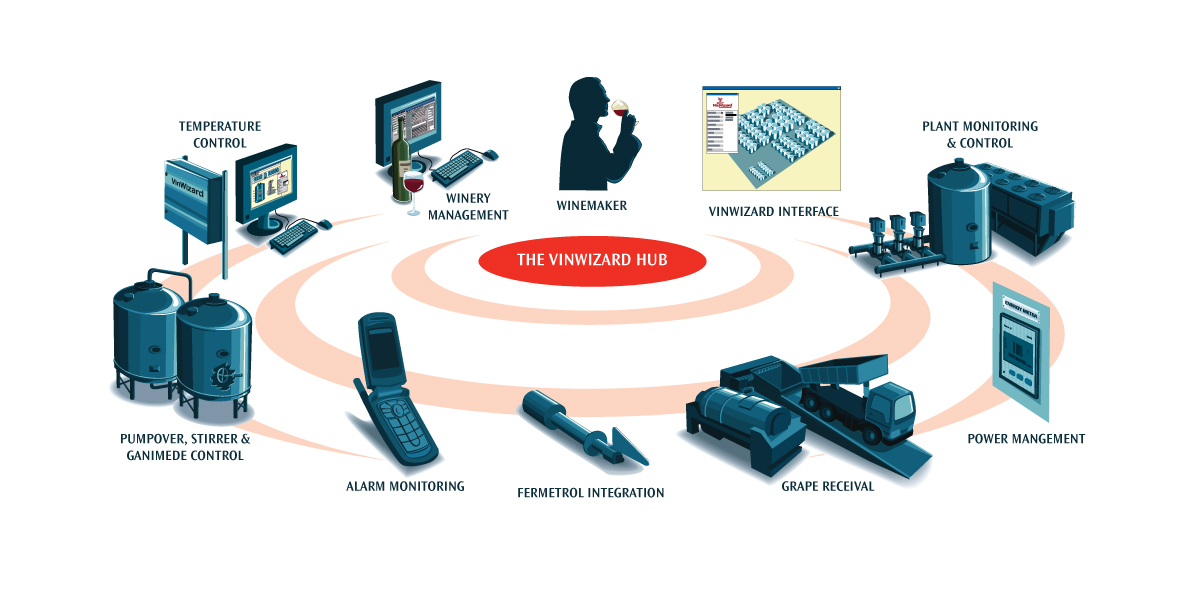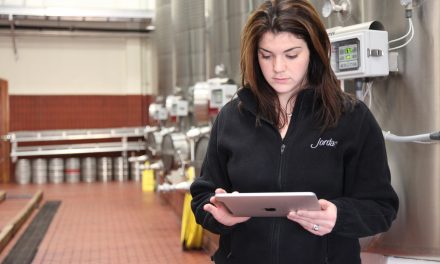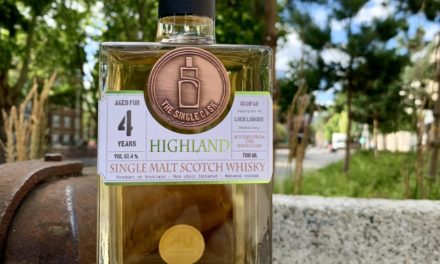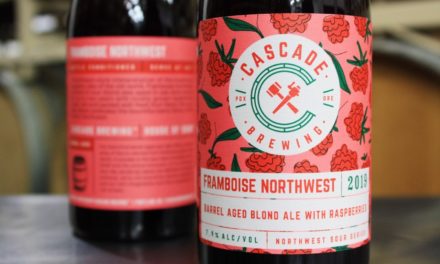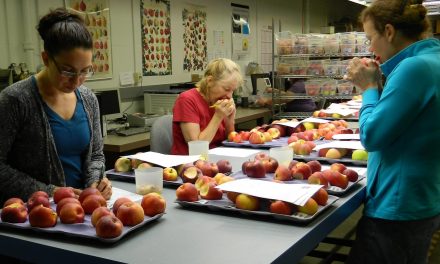In the late 1990s, Wine Technology Group introduced VinWizard to the winemaking world. It’s a system that can monitor and control tank temperature, automate pumpovers, and beyond—even on legacy equipment.
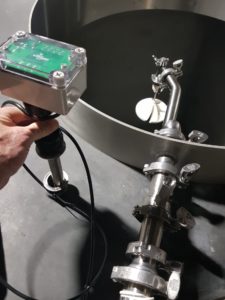
VinWizard’s MLP and pumpover control shows the Multi Level Probe being inserted into a concrete tank. The pumpovers can be automated based on readings from the probe
Founder David Gill knew that wineries were hiring electricians to install tank control components, but the generic systems were failing because they weren’t suitable to the wine industry. He knew a system that could interface with all components, from tanks to refrigeration to water, would be a benefit. His New Zealand-based company was also located in prime territory, since the wine industry in the area was largely led by young winemakers who were unafraid to adopt new technologies. Today, the global company serves close to 200 wineries worldwide.
“The ones who have taken this up are the new generation looking for technology that can provide more than what is traditionally being considered,” says Bob Richards, managing director of Wine Technology America Inc. The system ties into all winery aspects, providing remote visibility to tanks, pumps, chillers, CO2 and water levels, and more. And what’s probably one of its most attractive aspects is that it works with all components, whether old or new, substantially improving their performance. The result? Power and labor savings of up to 40 percent.
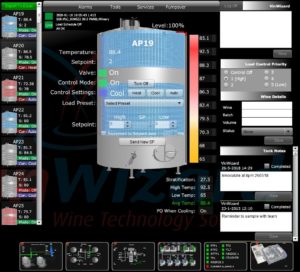
VinWizard’s MLP-Screen: The thermal bar on the screen shows the temperature variance from top to bottom
Consider traditional tank temperature monitoring systems, which typically consist of a single temperature probe in the tank. “I see the day coming where wineries will ask how they got by on that,” says Richards. VinWizard has an IQ award-winning option that uses a series of five to 32 temperature sensors, positioned from cap to bottom. The winemaker can see the temperature at all levels, as well as watch how things change during different stages of fermentation. “We see differences of up to 30 degrees in a single tank,” he adds. By using the information provided by the sensors, winemakers can automate functions like pumpovers and stirrers to better control temperature, which can help improve wine while using less refrigeration. “Our tools provide a greater understanding of what’s happening inside the tanks,” says Richards.
Today, researchers at UC Davis and New Zealand-based Bragato Research Winery are using the system to create and prove concepts to share with the wine industry. Examples include pulse cooling and a brix monitoring sensor, which the company hopes to bring to market later this year.
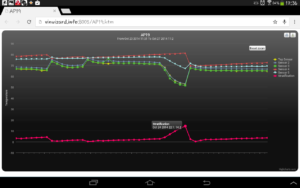
Chart zoomed in: Winemakers see a chart showing each level of the tank over the life of the ferment. From this they can see the effect of pumpovers when lines converge and diverge
Wine Technology Group is also looking into the potential for using wireless technology more efficiently. For example, it isn’t easy to run cables within a cave. “We’re always working on new technology to bring aging facilities into the new era. Older facilities may have outdated systems, but they have the core assets in place and want to be more efficient. We have to work around their limitations,” says Richards. “What we can do now is staggering. We’ve created an open system architecture that can take the latest advances in technology and apply that to a tank of wine.”
One of the company’s biggest challenges is making the wine industry aware of new options. “Often, an engineering company will build a winery, but it ends up being built with limitations of many non-integrated components. The challenge is for suppliers with innovative technology to show people how to move beyond traditional ways of thinking.
“Being a global entity, over time, we’ve expanded to include a wide range of thoughts and ideas that we can bring back to the head office and use to constantly upgrade components and deliver something relevant for what’s coming up tomorrow,” says Richards.
“The industry knows what it wants,” he adds. “What we do is take its winemakers on a journey they didn’t originally consider.”

